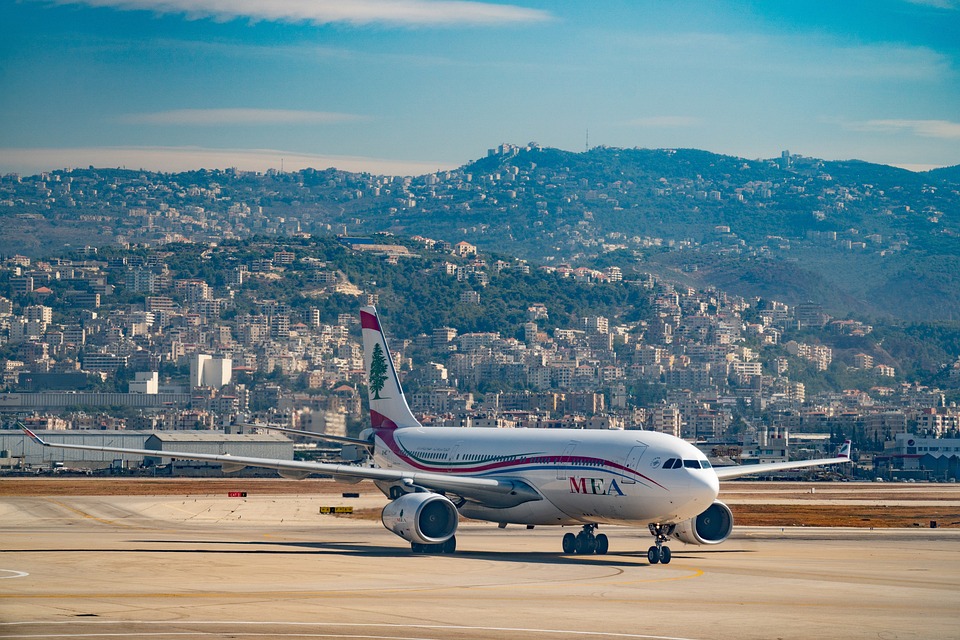
Central Syria: A Look at the Region’s Religious Landscape
Central Syria is a region nestled in the heart of the country that holds significant historical and cultural importance. One of the key aspects that define the region is its diverse religious landscape, which reflects the rich tapestry of beliefs and practices that have coexisted in the area for centuries. In this article, we will delve into the various religious communities that call Central Syria home and explore the unique traditions and customs that shape their identity.
The Islamic Influence
Islam is the predominant religion in Central Syria, with the majority of the population adhering to the Sunni branch of the faith. The region is home to numerous mosques and Islamic centers that serve as hubs for worship, community gatherings, and religious education. One of the most notable Islamic landmarks in Central Syria is the Great Mosque of Hama, a towering edifice that dates back to the 8th century and is revered for its stunning architecture and historical significance.
In addition to Sunni Islam, Central Syria is also home to a significant Shia Muslim population, particularly in cities like Homs and Hama. The Shia community in the region has established their own mosques and religious institutions, where they come together to practice their unique traditions and celebrate important religious festivals such as Ashura.
The Christian Presence
Christianity has a long and storied history in Central Syria, with various Christian denominations coexisting peacefully alongside their Muslim neighbors. The region is home to ancient Christian communities such as the Greek Orthodox, Syriac Orthodox, and Maronite Christians, who have preserved their faith and traditions despite the challenges posed by political turmoil and social unrest.
One of the most iconic Christian sites in Central Syria is the Maaloula village, where Aramaic, the language spoken by Jesus, is still used in daily prayer and worship. The village is a testament to the enduring legacy of Christianity in the region and serves as a pilgrimage destination for believers from around the world.
The Druze Community
The Druze are a unique religious group that traces its origins back to the 11th century and is known for its secretive beliefs and practices. Central Syria is home to a sizeable Druze population, particularly in the Jabal al-Druze region, where they have established their own communities and religious institutions.
The Druze are known for their strict adherence to their faith and the principles of unity, truth, and knowledge. They have a rich oral tradition and a deep reverence for their spiritual leaders, known as sheikhs, who guide the community in matters of faith and morality.
The Jewish Legacy
Although the Jewish community in Central Syria has dwindled in size over the years, the region still bears traces of its rich Jewish heritage. Ancient synagogues and Jewish cemeteries can be found in cities like Damascus and Aleppo, attesting to the long history of Jewish presence in the area.
The Jewish community in Central Syria has faced challenges and hardships, particularly in light of the political turmoil and conflict that has plagued the region in recent years. However, efforts are being made to preserve and protect the remaining Jewish sites and artifacts in Central Syria as a testament to the vibrant multicultural heritage of the region.
Conclusion
Central Syria is a melting pot of religious diversity and cultural richness, where different faith traditions have flourished and coexisted for centuries. The region’s religious landscape is a reflection of its complex history and the legacy of its diverse communities, each contributing to the vibrant tapestry of beliefs and practices that define Central Syria.
As we continue to navigate the challenges of the modern world, it is crucial to recognize and celebrate the unique religious identities that make up the fabric of Central Syria. By fostering understanding, respect, and tolerance among different religious communities, we can ensure a harmonious and peaceful coexistence that honors and preserves the rich heritage of the region for generations to come.